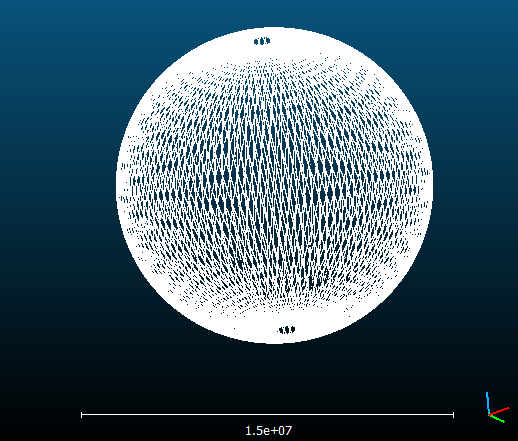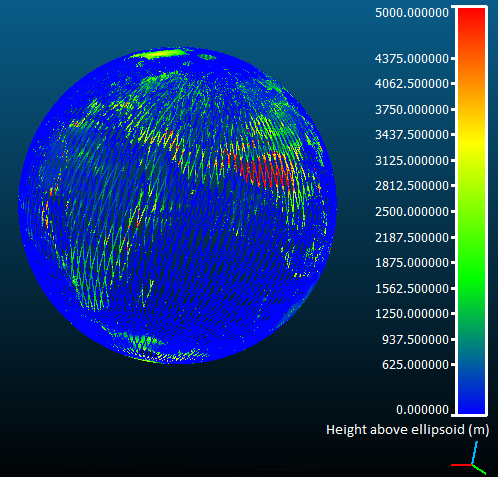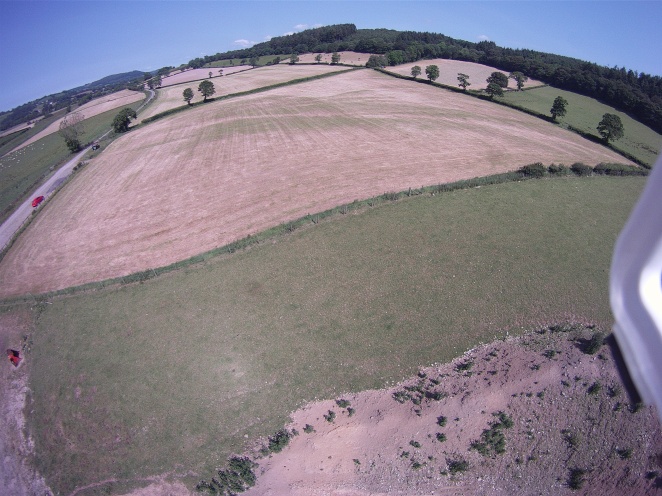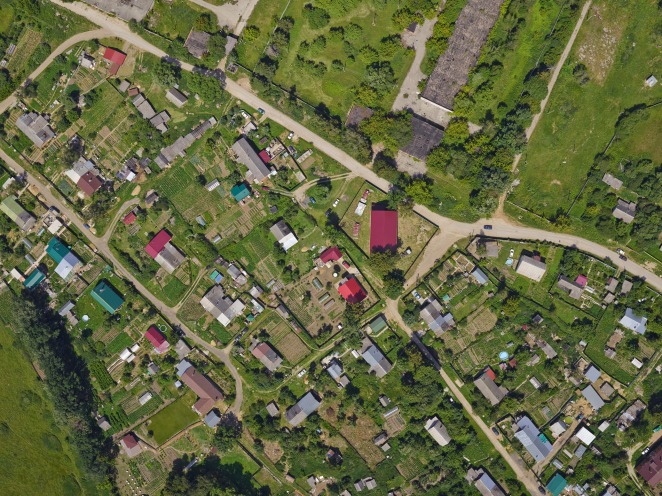As a first year PhD (The earliest of early career researchers) the peer review process is still somewhat veiled in mystery. I’ve had friends who have been through the publication process before, and have seen some quite lazy reviewer’s comments, as well as some really constructive succinct ones. This variation in quality of comments came as a surprise, as their didn’t seem to be a standard format for them, and considering the process takes some time I feel like it’s something worth doing right. This was the only insight I was armed with when I decided to attend Sense about Science’s workshop entitled ‘Peer review: The nuts and bolts’ where we learnt much about the process and more experienced researchers than I shared their stories.
The workshop was split into two group work sessions, one on people’s experiences with peer review and another on the public perception of science with a panel discussion in between. Within my particular group many of the researchers had had some poor experiences with the process, many feeling reviewers’ comments were either very harsh (behind the mask of anonymity) or incomplete. Considering small communities exist within each field of research, some of our group were speculating that competing interests may incentivise certain reviewers to try and discourage publications from certain people/research groups. This was all news to me, and points at a side of the peer review process not really seen by the public.
The second major theme within our group was the difficulty of proceeding when you receive contradictory reviews, which appears to happen quite often. It seems that these comments can sometimes be mutually exclusive which leaves the researcher in the awkward position of having to resubmit without all the recommended edits made. Some communication between authors and reviewers was discussed, which could play an important part in the future of peer review.
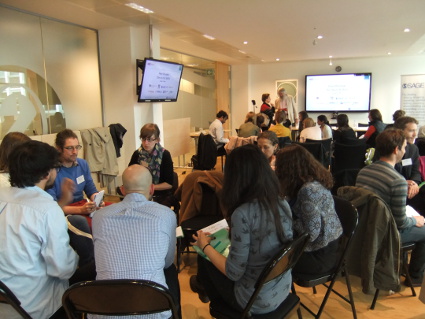
With this dissatisfaction being expressed with the current system, alternative models were considered. The discussion took to considering the benefits of a moderated online forum, which actually came up in Irene Hamas portion of the panel debate. Peerage of science, to take one, is a moderated forum offering peer-reviews before submission which seems to satisfy many of the demands being sought after by our group.
After the first section of group work the panel went on to discuss pros/cons of the current peer review system, why it exists and how it is likely to evolve in the future. Elizabeth Moylan opened proceedings by introducing the basics of the system, and talking about how quickly the system is changing. As an outsider to the formal process (having not submitted any papers to date), it was good to hear what I should expect in the future. Mike Smith spoke next, detailing why people submit research and how to constructively take on board reviewer’s comments and not become too dismayed at how harsh some can appear. Speaking from personal experience, he shared a range of comments he had received on his research, which was particularly funny as many were woefully contradictory as alluded to before. Irene Hames concluded by introducing alternative models that currently exist, and how we should be approaching the changing landscape of the peer review model.
The panel were very relatable and open with their critiquing of the current system, acknowledging many of the faults noted within our first group session. A Q&A followed where many of these concerns were raised again, some doubts over the lack of incentive for reviewers to participate in the process in the first place were discussed and recommendations on how to conduct reviews. As I am finding increasingly as I become part of the research community the best answer to most issues is to just ask, which was the overwhelming recommendation from those on the panel.
Like many things in life, it’s easy to criticise, but far more difficult to take those dissatisfactions and present them as rational concerns to those who can change things. Considering how lonely research can be, communication is something I hope to continue to work on not just for my own sanity, but so I can participate in how the reviewing process changes over the course of my research career. The panel were very considered in their recommendations for every issue raised and I think much of the audience were glad to find that they were not alone with their concerns, but that many of these issues had been raised previously and are outstanding faults within peer review.
The second group workshop discussed the public perception of science, an area which I am particularly interested in, having done several long form blog posts to a collaborative website which attempt to digest the cutting edge in my research area, and keeping this blog publicly. We discussed how perceptions differ across various media platforms, how to try and dissuade the use of ‘clickbait’ headlines within media today and how to communicate what peer review is to the public effectively.
These are things I’m sure many scientists think about quite often, but rarely have a platform to discuss them. Within our group we admitted being prone to just accepting facts within certain media depending on many factors (Sometimes you just want to accept what the metro is telling you first thing on a Monday morning, for example), and how we’d like to see a drive for more integrity and better review from the media’s end. Joanne Thomas touched upon this in her summary of science in the media, noting how researchers and research groups have become a part of how science is reported, and not just the science itself.
In all, the workshop was very informative about what I can expect over the next few years as I try to develop my skills as a researcher, and how the process may change over the course of my career. Best of all though is that it was actually really fun, and I met some people I hope to cross paths with again. I’ll leave twitter links for those interested below, I’d best get back to researching!
James
Twitter : Voice of young science, Sense about Science

